- Home
- >
- Preservation Archaeology Blog
- >
- Rusty American Dream
Ahhhhhhh, the scent of green chiles, sage, piñon, dust, ponderosa…and a vehicle full of sweaty, tired folk who have lost all sense of societal norms. It must be field school season again.
This year, my job is to lead the survey portion of the Preservation Archaeology Field School. There are many things I love about survey, not least of which is the physical act of hiking. But the main thing I enjoy is seeing much of a landscape and the lives of the people who live and lived in and on it—as well as their objects, which are arguably material evidence of thoughts and desires.
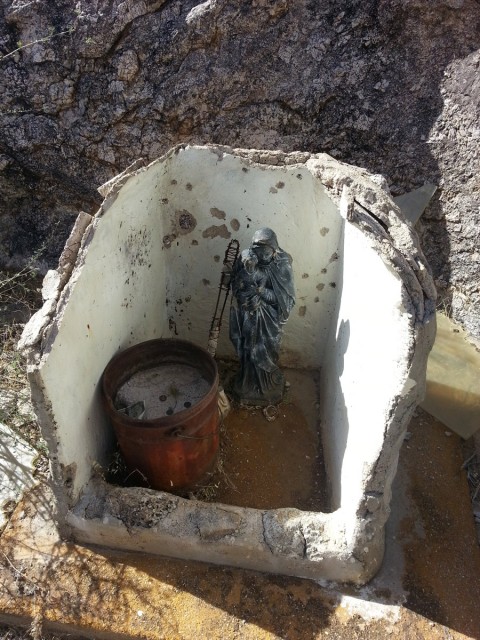 |
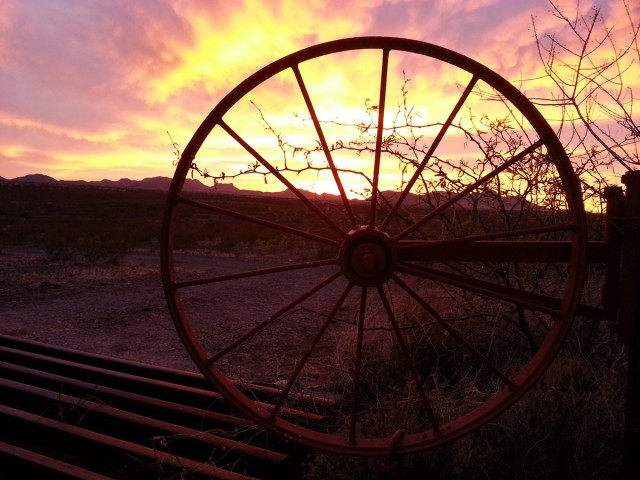 |
All photos by Lewis Borck. Click on each to enlarge.
For me, survey isn’t really about recording archaeology. At its most basic it is, but every object has embedded in it it’s complicated relationship with those who created, transported, bought, used, reused, reused again, and then discarded it. In a very real way, material objects are the human fingerprints of the past. For example, the shirt that my co-worker is wearing—made in Thailand—is not simply a shirt made in Thailand. It’s an indicator of the loss of American manufacturing jobs, the subsequent slow slide to mediocrity in production prowess, and the associated strangling of blue–collar America; the backbone, muscle, sinew, heart, and soul (and usually brain) of the American powerhouse. To survey a landscape is to see this kind of dramatic change played out across valleys and mountains. To survey is to see comparable dramatic changes playing out across the relatively shallow depths of time that are separating me and my crew from the groups living in southwestern New Mexico 1,300 to 600 years ago.
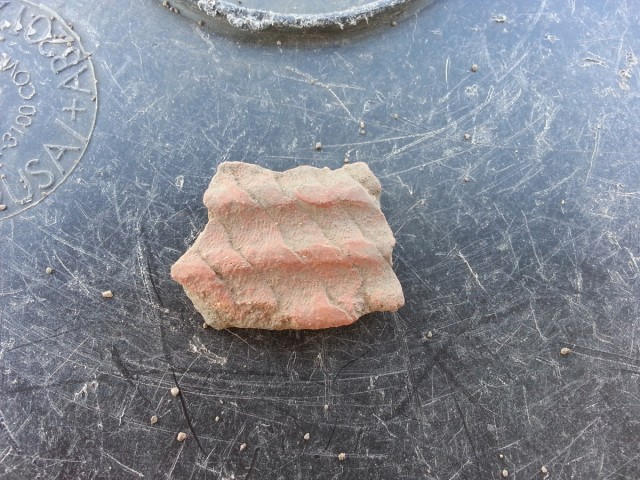 |
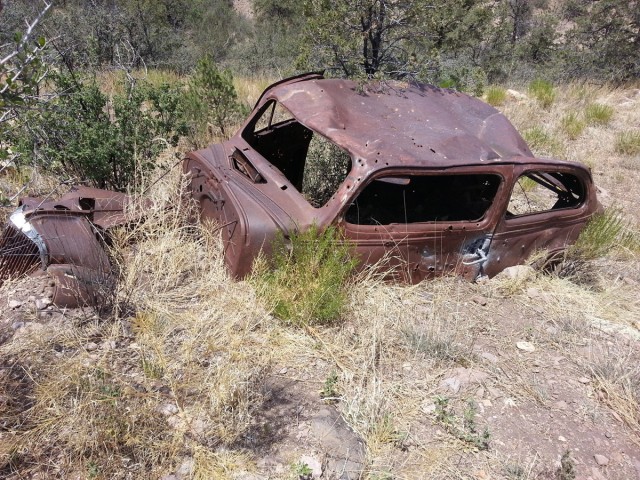 |
I believe that survey isn’t about simply answering research questions, creating predictive models and priority plans for land managers, or preserving the past from the present and for the future. It is all of these and much, much more. Survey is also a process by which you connect with an entire landscape and the social processes of harmony and discord—and discard—that are embodied within it. You never know what random thing you will find that might reorient your assumptions or, at bare minimum, force you to confront these feelings and delve deep into a sometimes painful pit to understand why a thing that in reality is so insignificant is incredibly potent.
Even more intriguing is the often dramatic difference between the material and cultural value of an object. A piece of local sandstone, glue made in Ohio, and two pieces of plastic mass-produced in China serve to confront some of the long-suppressed (or long-overlooked and shrugged off) injustices upon which the West thrived—and arguably still thrives. The American Dream was founded upon much of this crumbly bedrock, and I think that is part of the reason that rusty cars in particular affect me so strongly. They’re not just someone’s particular dead dream wrapped up in oxidized iron and weeds. They’re not just the possible remnants of a family’s day trip. They’re not just an American personification of freedom. They’re symbols of what we’ve built and of what we’ve failed to maintain. Of what we’ve been and what we’re becoming. Of what we’ve lost. Of fallen hopes and failed promises to our youth and to the original inhabitants of this country.
On survey, you are occasionally forced to intimately examine your place in the bustle of life. That examination is something that becomes incredibly effective for an archaeologist to undertake, because it forces you to engage with the powerful ideas bound up in even the most mundane objects. Although I know the students will come away from this venture with a firm grasp of the specifics of how and why archaeologists use survey fieldwork, I also hope they find themselves reflecting on their particular relationships with objects. This, in turn, highlights history’s relationship with cultural objects and the importance they have in helping us understand not simply technological change or human environmental interactions, but also the convoluted mosaic of ideas wrapped up in even the most simple tin can or acre of broken ceramic vessels.
Archaeology is the science of things, but it’s really nothing without the ideas embedded in those things. When we study things, we study ideas. When we study ideas, we can affect the modern world. That’s what I hope the students get out of their time with me this summer.
5 thoughts on “Rusty American Dream”
Comments are closed.
Explore the News
-
Join Today
Keep up with the latest discoveries in southwestern archaeology. Join today, and receive Archaeology Southwest Magazine, among other member benefits.

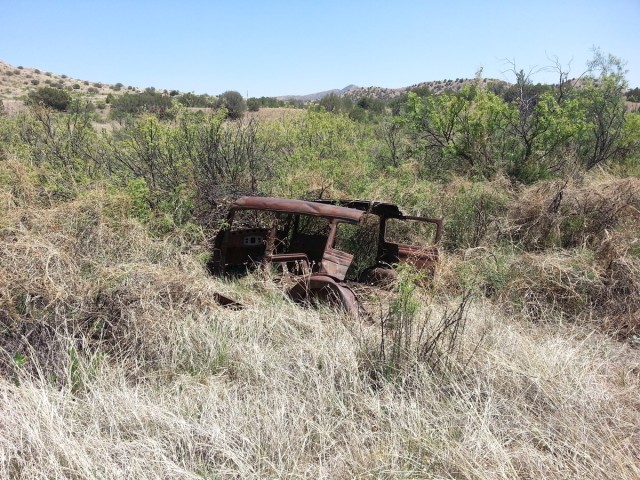
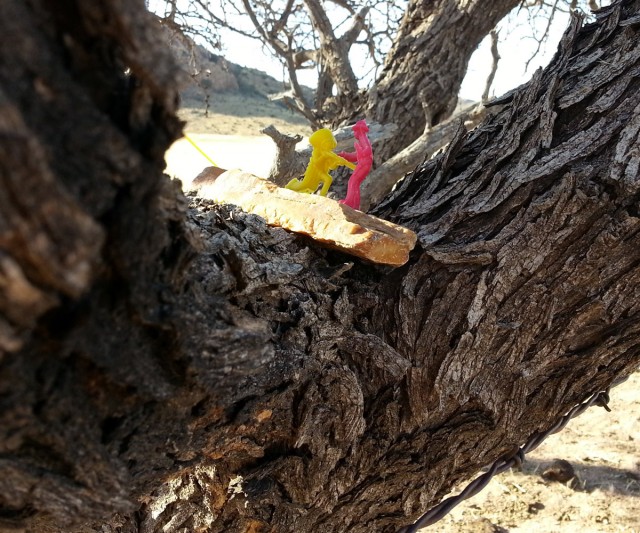
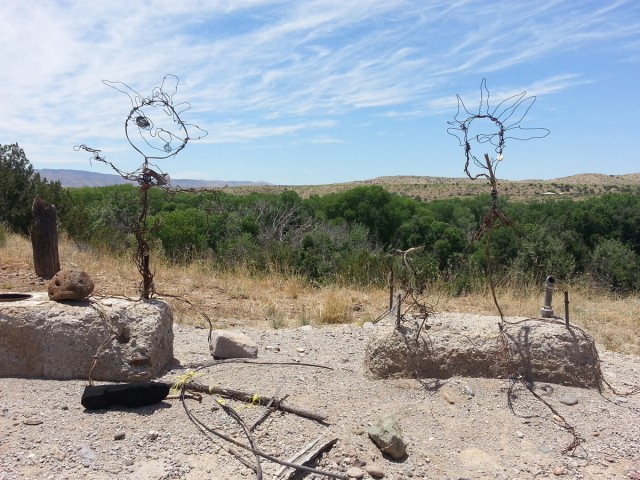
Wow. Powerful piece, Lewis. Thank You.
Thank you. Your blog post evokes a wellspring of remembrances as well as articulates the myriad reasons and feelings archaeology has always resonated so strongly with me.
An excellent reflection..! So true.
Yes, your piece is beautifully written and the photographs are wonderful, but the driving home part of your words for me was the relationship that we have with objects as human beings and as archaeologists. Thinking further than what you hold in your hand and what it really means. Wow, Lewis. Just wow.
Thanks folks! I really enjoyed writing this one, so I’m glad you all enjoyed it.